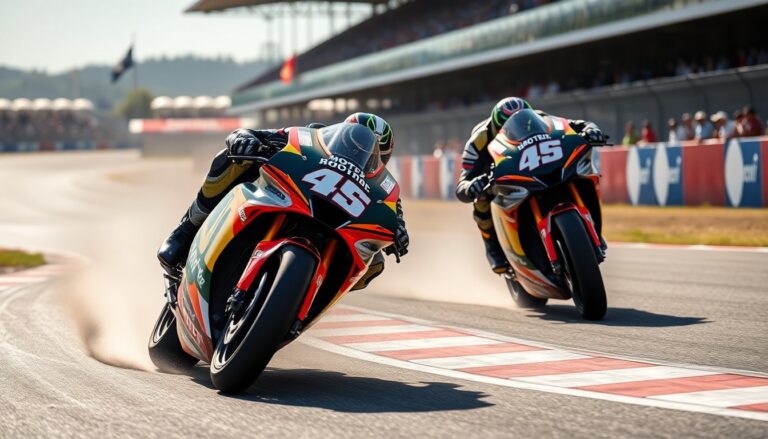Argomenti trattati
The world of motogp is more than just a sport; it combines speed, technology, and culture, captivating millions. As the pinnacle of motorcycle racing, motogp features elite riders and state-of-the-art machines, creating a spectacle that goes beyond competition. The roaring engines and adrenaline-pumping overtakes make motogp a unique experience that resonates with fans globally.
Since its establishment in 1949, the motogp championship has evolved dramatically into a global phenomenon. Each season, the world’s best riders compete on diverse tracks, each presenting its own challenges. This article delves into the essence of motogp, its technological advancements, and its cultural significance.
The evolution of motogp technology
At its core, motogp is a showcase of engineering excellence. The motorcycles used in the championship are marvels of modern technology, combining speed and safety in ways that were unimaginable just a few decades ago. Each manufacturer, from yamaha to ducati, invests heavily in research and development to gain a competitive edge.
High-performance motorcycles
The engine is the heart of any motorcycle, and in motogp, it is a finely-tuned powerhouse. With maximum speeds exceeding 350 km/h, the bikes are equipped with four-stroke engines that deliver immense power. The use of advanced materials and aerodynamic designs has allowed teams to create lighter, faster, and more agile machines.
Additionally, the integration of electronics has transformed racing strategies. Modern motogp bikes feature sophisticated systems that monitor everything from tire pressure to fuel consumption. Riders can adjust settings on-the-fly to optimize performance, making the race not just a test of speed, but also of technical acumen.
Safety advancements
While racing is thrilling, safety remains paramount. The evolution of safety gear and track design has significantly reduced risks associated with high-speed racing. The introduction of crash barriers, advanced helmets, and protective suits has made racing safer for riders. Furthermore, the fim (fédération internationale de motocyclisme) continually updates regulations to enhance safety measures during races.
The cultural significance of motogp
Motogp is not merely a sport; it is a cultural phenomenon that unites fans across the globe. The championship fosters a sense of community, drawing people from various backgrounds together. Race weekends often turn into festivals, where fans celebrate their passion for motorcycles and speed.
Global fan engagement
With races held in various countries, motogp profoundly impacts local cultures. Events in Spain, Italy, and Japan showcase their unique flavors, yet the shared love for racing creates a universal bond. Social media plays a crucial role in this connection, allowing fans to engage with teams and riders, share experiences, and build relationships.
Moreover, motogp has inspired a new generation of riders. The motogp academy nurtures young talent, providing them with the necessary skills and experience to make their mark in the sport. This commitment to development is vital for ensuring the future of racing.
Economic impact
The economic influence of motogp is significant. Hosting a race can generate substantial revenue for local economies, attracting tourists and creating jobs. The championship also fosters partnerships with local businesses, enhancing community engagement. This economic boost benefits not only host cities but also the sport itself, fueling investment and growth.
The ongoing journey
Since its establishment in 1949, the motogp championship has evolved dramatically into a global phenomenon. Each season, the world’s best riders compete on diverse tracks, each presenting its own challenges. This article delves into the essence of motogp, its technological advancements, and its cultural significance.0

